This post continues the series using the Alphabet to go through streets that were significant in my life as part of the Family History Through the Alphabet Challenge. It was first published in June, 2012.
Grand River Avenue figured in my life in multiple ways. I walked to both McMichael Junior High and Northwestern High Schools down Grand River. I took the Grand River bus home when I worked at J.L. Hudson’s Department store during several Christmas seasons. In 1971 and 1972, the Black Conscience Library was located at 6505 Grand River and that is my focus in this post.
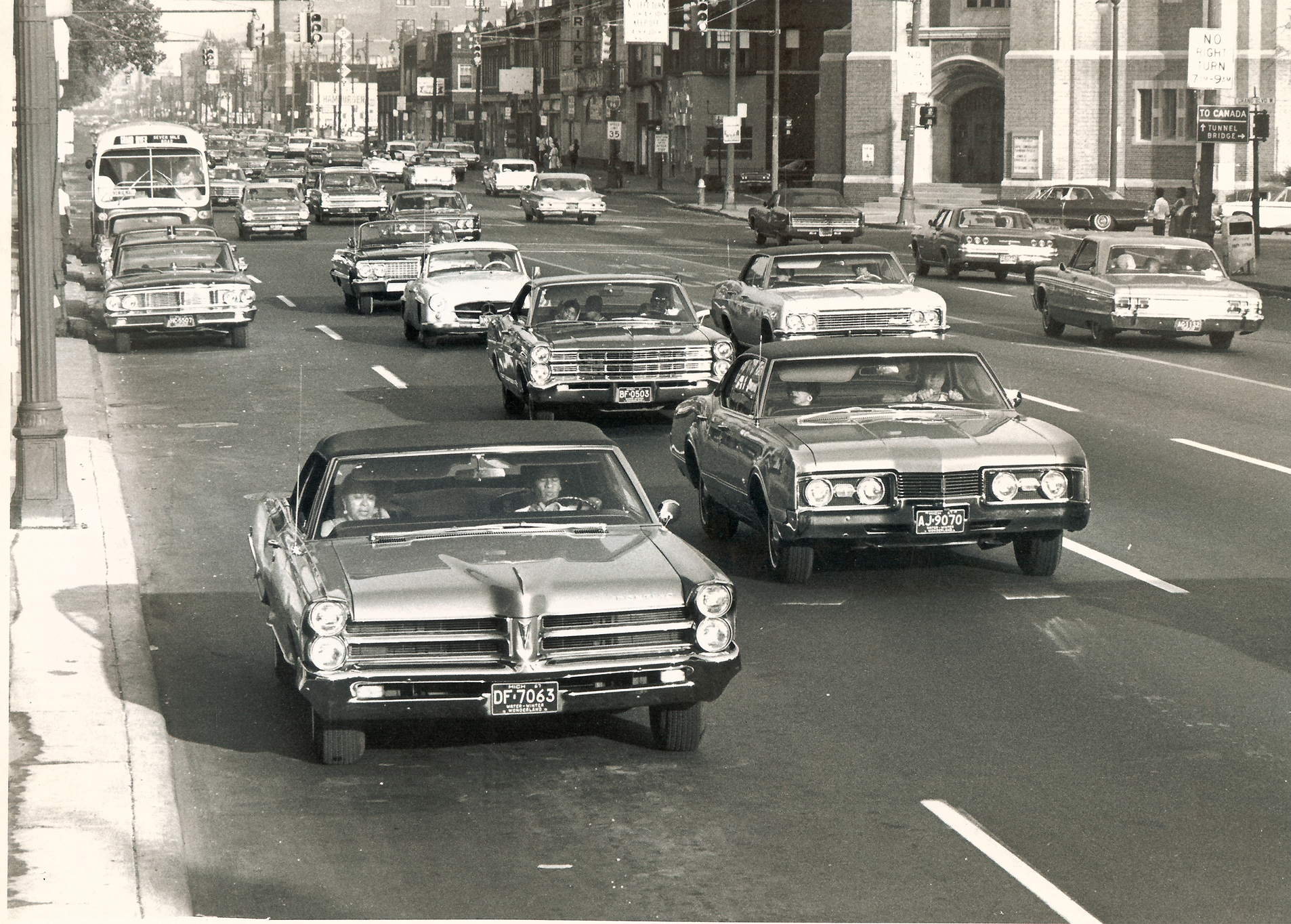
In 1971 the Black Conscience Library relocated from temporary quarters to 6505 Grand River, the upstairs offices in a building right across the street from Northwestern High School. I continued as librarian for awhile. This was around the time that the heroin epidemic hit inner city Detroit hard. Chimba, one of the active members of the Library, was from the North End community. I remember him saying that the year before they had a baseball team, but that in 1971 there were so many heroin addicts in the community that they couldn’t get a team together. It was Chimba’s idea to start a methadone program in the Black Conscience Library to help addicts get off drugs. This was before it was widely known that methadone was a powerful, addictive drug in it’s own right. Eventually, the drug program over shadowed all other Library programs. I spent less time there and eventually got a job as assistant teacher at Merrill Palmer preschool. I still came around but not everyday and not as librarian. It was pretty depressing up there.
There were lines of junkies waiting to collect their scripts, men and women. Some brought their children. In the beginning, I watched the kids while the parents went to the lectures. I remember one baby with a bottle full of milk so spoiled it was like cottage cheese.
We came to the Library one morning to find it had been broken into the night before. All of the printing equipment and the tape recorder were securely locked up. There were no prescriptions laying around. Nothing was stolen, but we couldn’t figure out how they got in, until I noticed glass from the skylight on the table. They had come through the skylight. One night someone was found hiding in the Men’s room hoping nobody would notice they were there so they could rob the place. Another man tried to break in one early morning. Luckily, he couldn’t get through the front chained door. I remember a junkie who nodded off and fell out of his seat during the planning session for a radio program.
There were a few non-drug related activities. One I remember, was a panel discussion on the role of the father in parenting that was presented by several ex-members of SNCC (Student Non-violent Co-ordinating Committee). There were karate classes. One night I had come back after a particularly trying day and a car crashed into the shop downstairs. I caught a plane to visit my sister in Atlanta the next day. Those were the days of cheap standby tickets. I remember The Last Poets record playing over and over and over. The relief when the drug program ended.
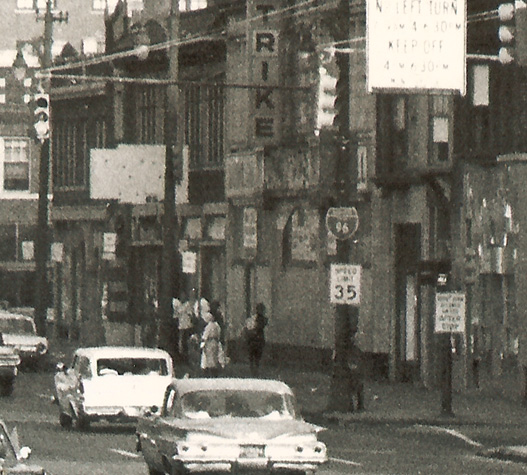
This is one of a three page surveillance report from October 29, 1971 is from Jim’s police file. We knew they were watching, but when we got this report several years ago it was still creepy to see how much time they were actually spending watching, following, keeping track. “N/M” = Negro Male. “N/F” = Negro Female.
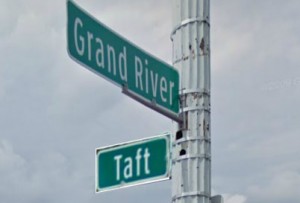
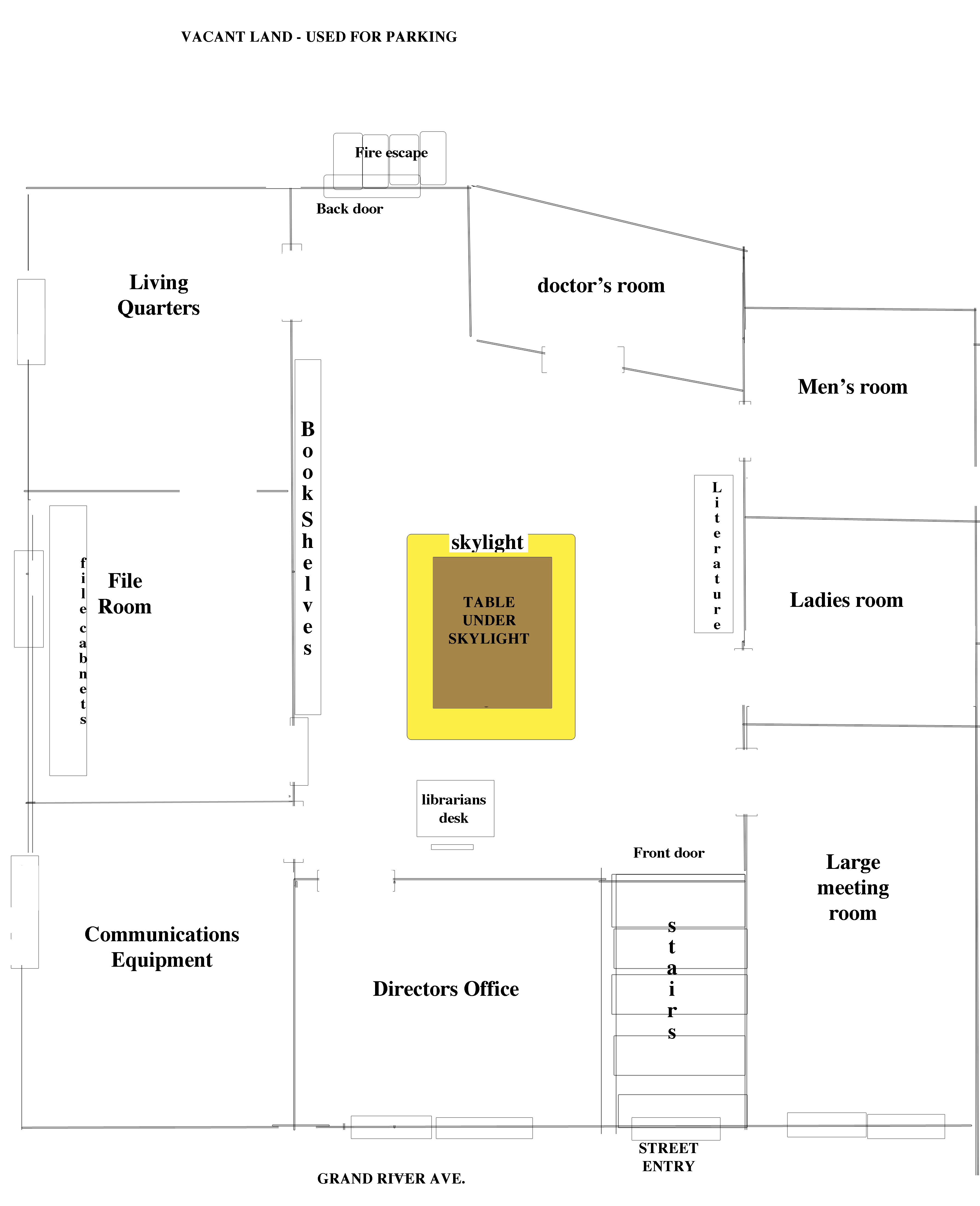
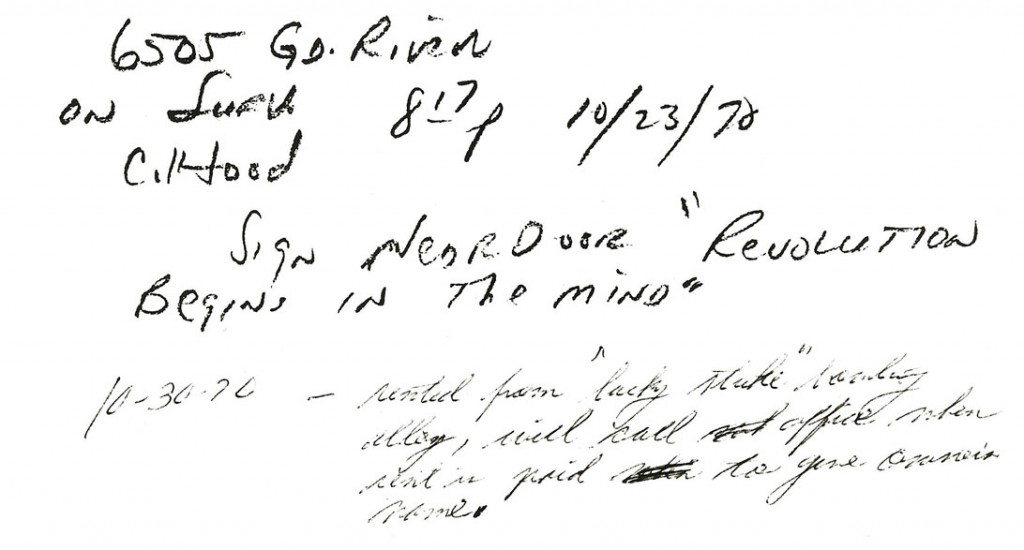
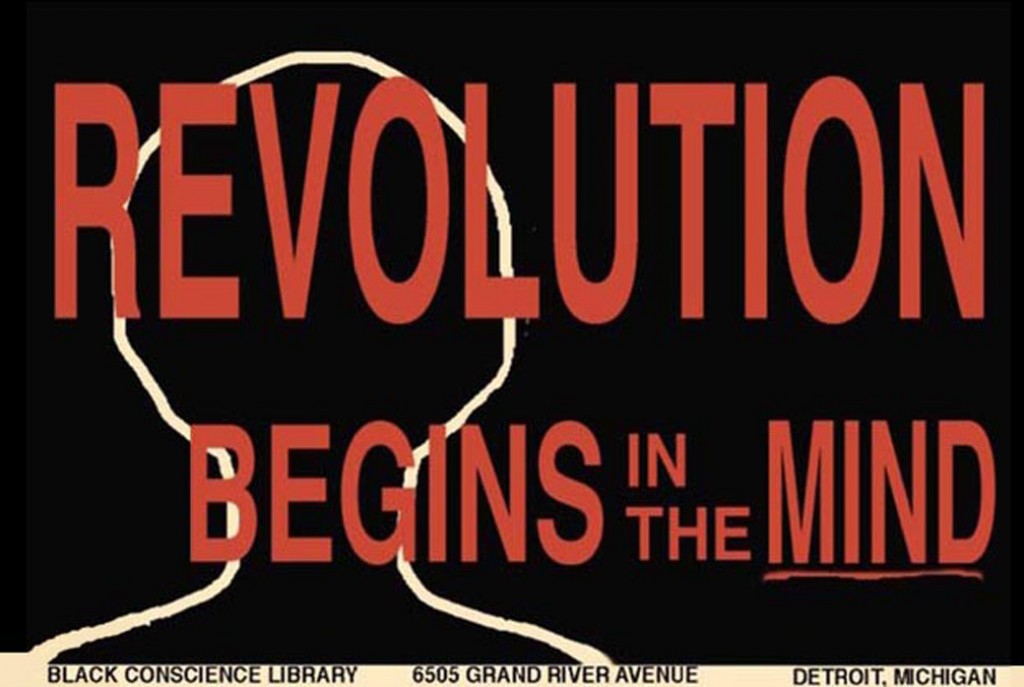
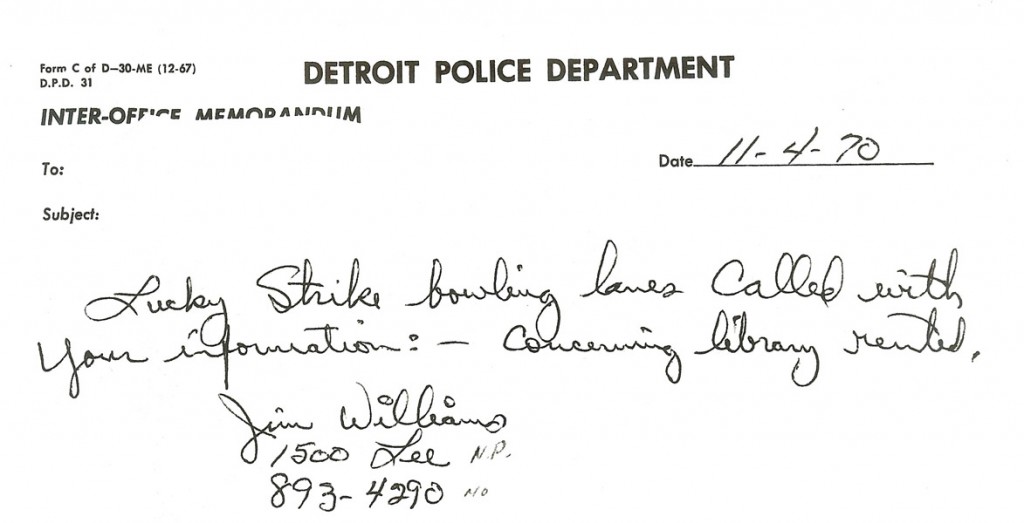
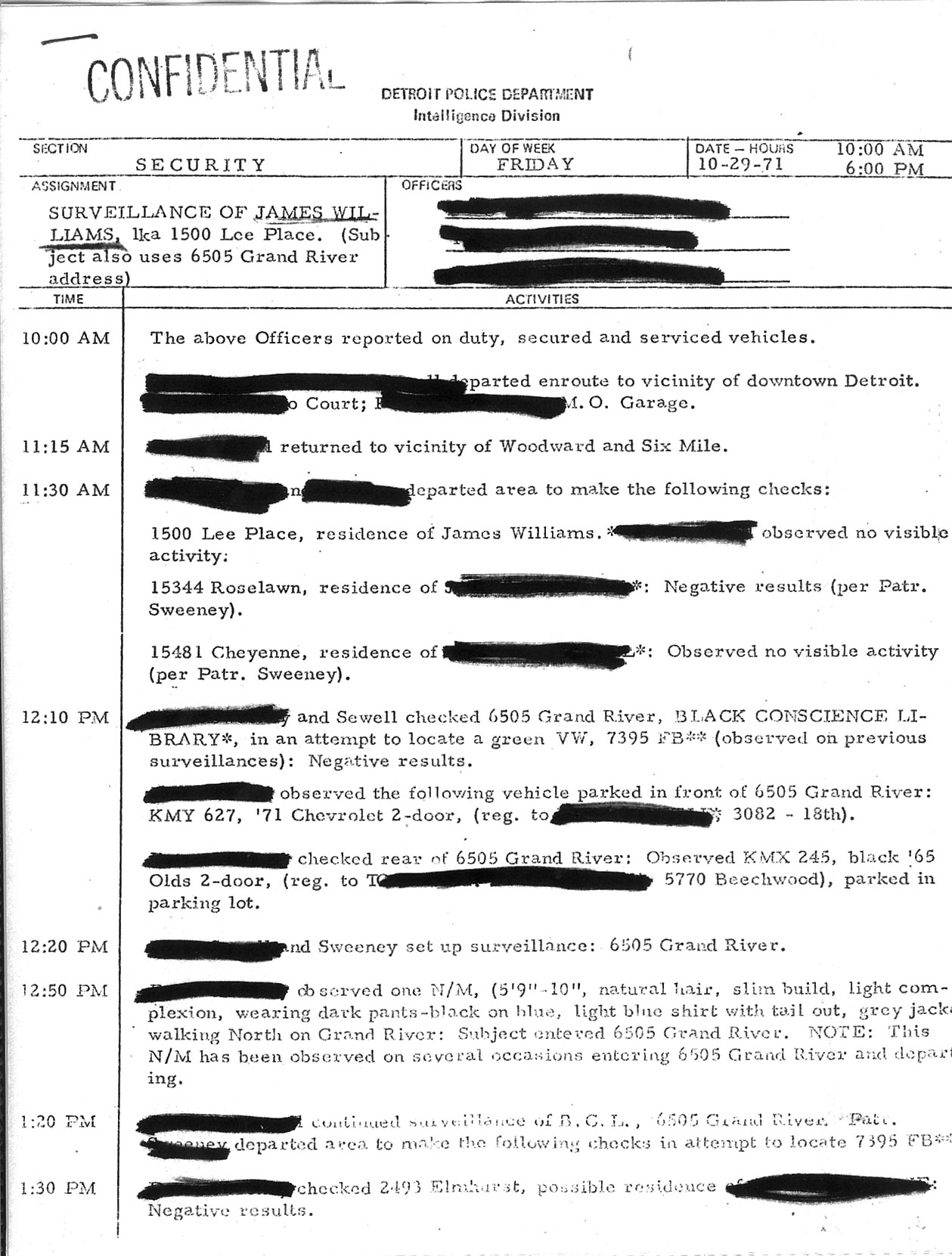

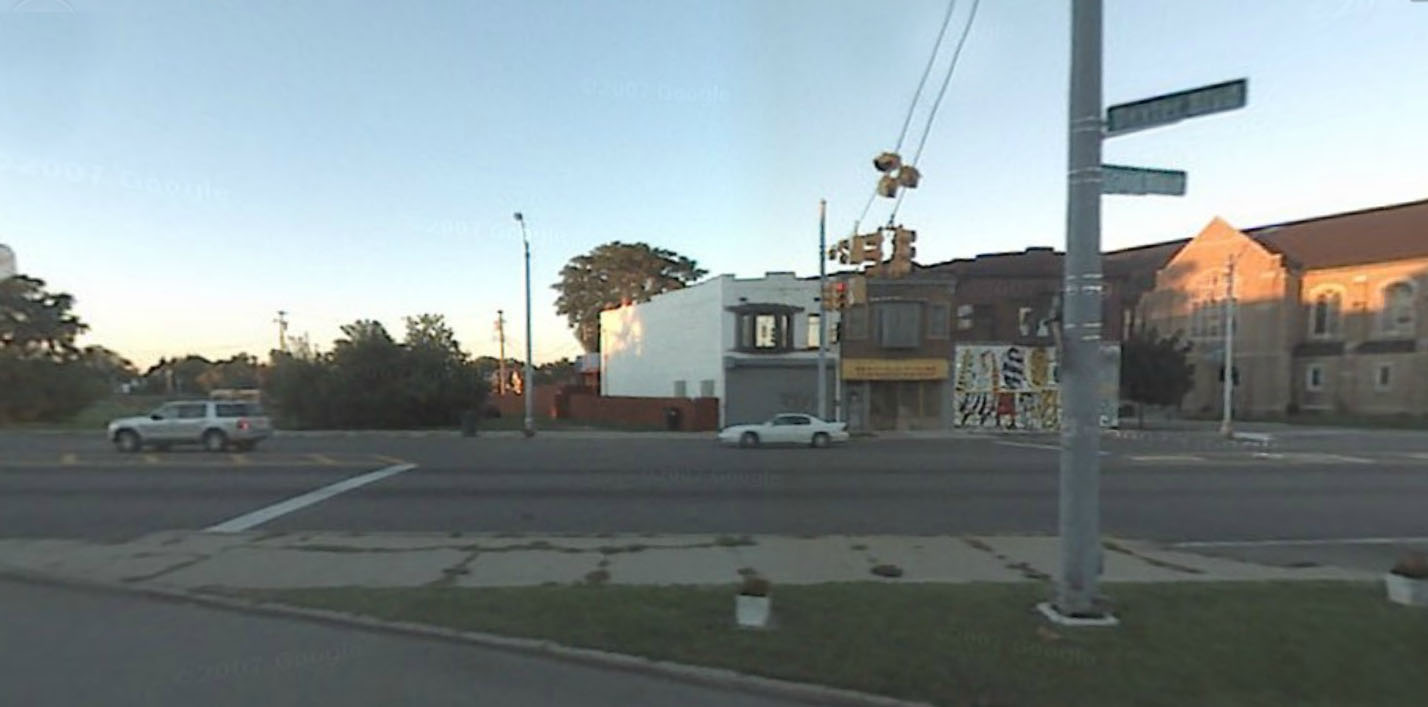
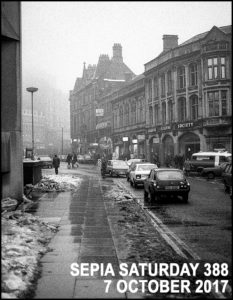
A very interesting post. The things you must have seen and experienced. It is so foreign to me. Your comment “full of milk so spoiled it was like cottage cheese” made me shiver and gasp out loud.
Thank you for sharing.
That memory still makes me gag, 40 years later.
Living in the suburbs back then, we often heard about the drug (heroin) problems in Detroit on the nightly news. But we didn’t see any of it in our neighborhoods. Not then anyway. Sadly, heroin has become the drug of choice in the Detroit suburbs now, especially in the more affluent areas. How bizarre is that?
Very nicely written post about those dark days on Grand River Avenue. My maternal grandmother lived about 1.5 miles from the area you’re writing about. She died in April 1970 and she was the last of my relatives that we visited in Detroit. The rest of the families had moved to the suburbs by then.
That is bizarre indeed. I can’t explain drug use anywhere. It was amazingly depressing to see the community go to pieces like that. It was this experience that precipitated our move to Atlanta not long after the Library closed.
I wonder what street your grandmother lived on. My father grew up on Scotten and I lived on Oregon for years. My uncle had a doctor’s office on Lovett for years. He retired after being robbed at gunpoint for the umpteenth time around 1974.
I’m amazed at your posts, they’re always so detailed, and even if recalling something from years ago, you include all the details.
Oh me oh my! What a life you’ve led, and the challenges you’ve faced up to. I can of course believe the surveillance though I want to say ” I can’t believe that they’d have done that.”. It must have been very spooky indeed to know you were watched so closely. I’m so glad you’re documenting your life in this way.
who would have thought!
gem!
A powerful post.
Thank you.
You have certainly witnessed some dark times. Interesting that Grand River is a street name on its own, ie. without the addition of Rd, Ave, Drive or whatever.
The full name is Grand River Ave. Everybody just says Grand River, even the street sign. I see the title of this post includes Avenue 🙂
Right I see that now, but I assumed the sign would show it.
The first part of your post sounded so normal . . . walking to school, riding the bus home from work – just everyday ordinary things. And then . . . ! It’s sad when bad stuff happens to overshadow what were once happy pleasant memories. What a shame.
All good memories, even the bad ones.
A fascinating essay on the power of place. Even after all those years your memory is enough to vividly recreate a community that is now gone. Was your last photo a recent addition to the story? Detroit must seem very different with all the recent demolitions.
The building was removed decades ago. The photo at the end was from google, but it looked the same when I went around taking photos of places in my life 15 years ago. Yes, Detroit – the neighborhoods where my family and I lived – look very different. I did a series on the streets I lived on or that figured in my life and included now and then photos whenever I could.
This surveillance history indicates someone considered the situation to be a matter of State security or a criminal enterprise. Very thorough documentation. Are you certain that the Detroit PD turned over all surveillance documents?
This type of surveilance was happening to many black organizations with a radical bend. My father’s church, and my father and uncles were also being watched. Unfortunately he got his folder years before I was interested and only a page or two could be found after his death.
I’m not certain that they turned over everything into the so called red files.
An absolutely incredible post, Kristin! It makes me furious all over again at the way drugs were pumped into so many communities in the 1970s to undermine activism as part of Cointelpro. Glad you made it through to so ably tell the tale.
I’m really sad that the community fell for it. Tragic.
What an all inclusive post…from a street, to a library, to drug treatment, to police reports, to the staff photos, to the empty lot. So many changes through the years. That street, and you, have quite a story to tell!
Yes, so many changes.
Cities have that ,dont they? A Raw Energy. An Urgency That Demands Attention.
Strange how times both change yet stay the same.
Bravo Kristin
(another) Mighty Post!
That’s true Tony. I am missing that this time around in another big city. I just don’t have the energy to contribute. And yes, so strange how times change and stay the same all at once.